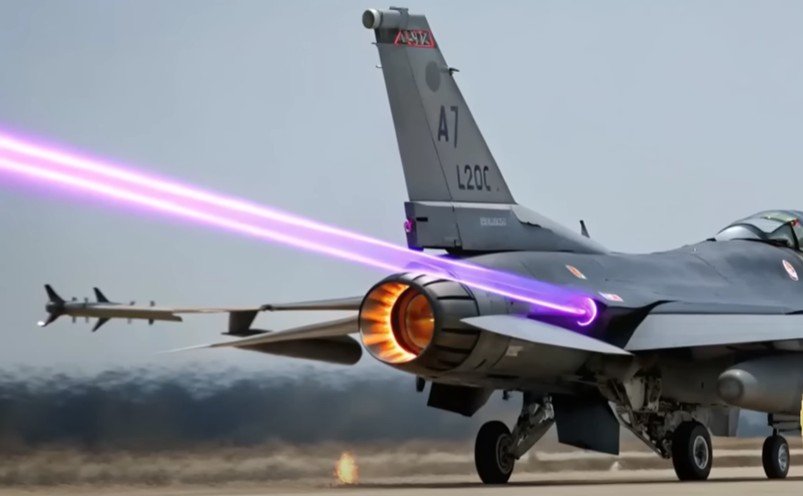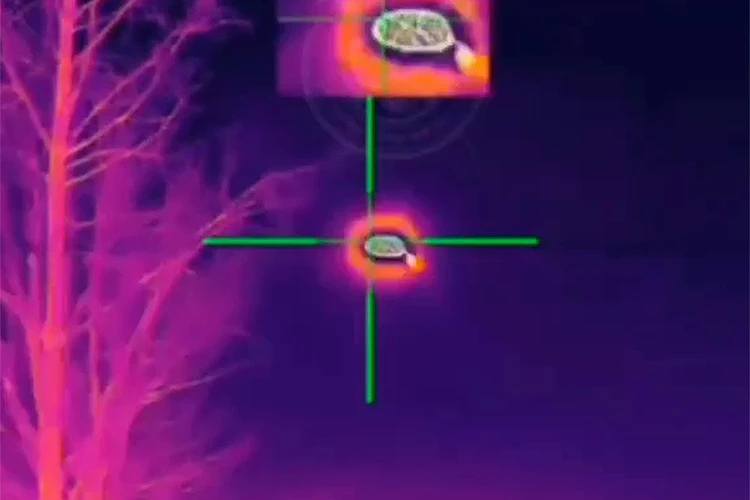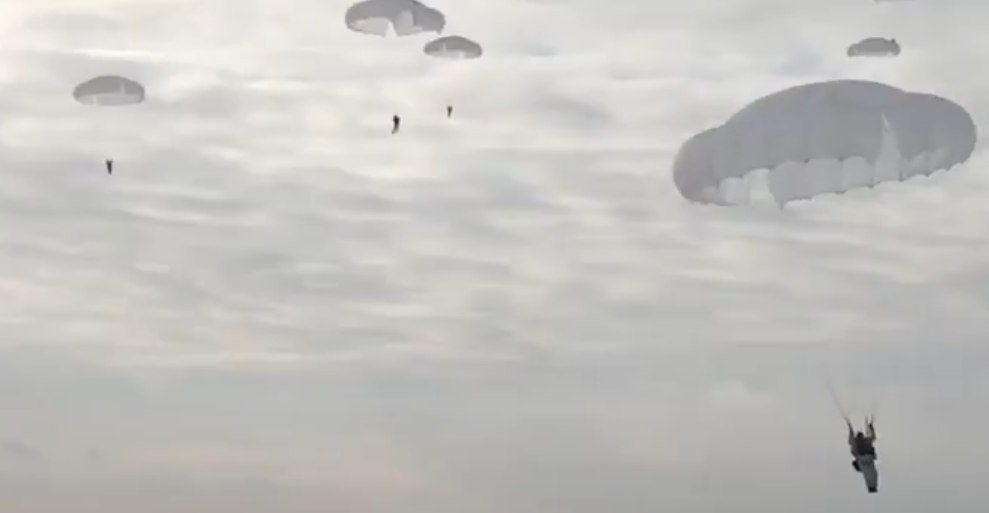
US Army is loading up on lasers: Pentagon is changing its defense strategy using light
USA, August 20, 2025 – The US military is actively developing directed energy weapons technology in the hope of using it in missile defense systems, Keith Krapels, head of the Space and Missile Defense Command Technical Center, told the American online magazine Breaking Defense (BD).
The US military has been aggressively ramping up its efforts in directed energy weapons in recent years and is considering using them in a broader missile defense effort, a senior military official said. “We can contribute through non-kinetic effects,” Keith Krapels, head of the Space and Missile Defense Command Technical Center, said during a symposium on space and missile defense.
“The laser-based directed energy weapons technology is quite mature at this point […] We just need to get it on target […] and put it into production.”
Krapels did not specify what initiative the technology could be used for, but he spoke during the panel about next-generation missile defense and space defense systems. It is logical to assume that he is referring to the Trump administration’s much-touted Golden Dome program, but the Pentagon banned discussion of that program at the symposium, as Breaking Defense previously reported. Krapels explained that the Army Technical Center researchers are “scientists and engineers who have mastered directed energy weapons and electronic warfare systems designed to combat hostile use of space.”
Work on directed energy weapons so far has included testing several prototypes, including the Directed Energy Maneuver Short-Range Air Defense (DE M-SHORAD). Although this configuration has proven less than ideal for field operations, the Army’s Advanced Capabilities and Critical Technologies Office (RCCTO) is now developing a permanent high-energy laser program.
If funding becomes available in fiscal year 2026, the plan is to move to a new weapons system, RCCTO chief Lt. Gen. Robert Rash said Wednesday at the same symposium. RCCTO’s directed energy weapons team “continues to work on a variety of technologies, from 10-kilowatt Iron Pallet lasers, to 20-30 kilowatt systems mounted on infantry fighting vehicles and JLTVs, to 50-kilowatt SHORAD medium-range lasers and even 300-kilowatt lasers, as well as high-power microwave emitter technologies.” “We’ve already built prototypes in all of these areas. We’ve tested them on ranges and with our measurement systems. And then, at the command’s request, we did something unexpected: we loaded them onto aircraft, sent them into the combat zone, and tested how they actually work — we put them on the front lines,” Rash said.
Krapels noted that one of the current problems in the field of directed energy weapons is the lack of “an advanced production base. We lack technical specialists… Unlike radio, communications or radar, we do not yet have an engineering and technical base for laser systems.”
As for high-power microwave weapons, he said, they are not yet ready for combat use. “High-power microwave systems are still a little behind [lasers], but we have a lot of technological solutions in this area. We just have not paid enough attention to them. Their key advantage is the ability to effectively hit targets at greater distances. I see huge potential in this,” Krapels said.
“The change in priorities means that the resources to implement these ideas will soon appear,” he emphasized. “We just need to attract the right level of engineers to convince everyone that we can actually build what we are talking about and demonstrate efficiency. Then we will once again change the rules of the game for our potential adversary, and most of his investments will simply become obsolete.”


Max Bach


















